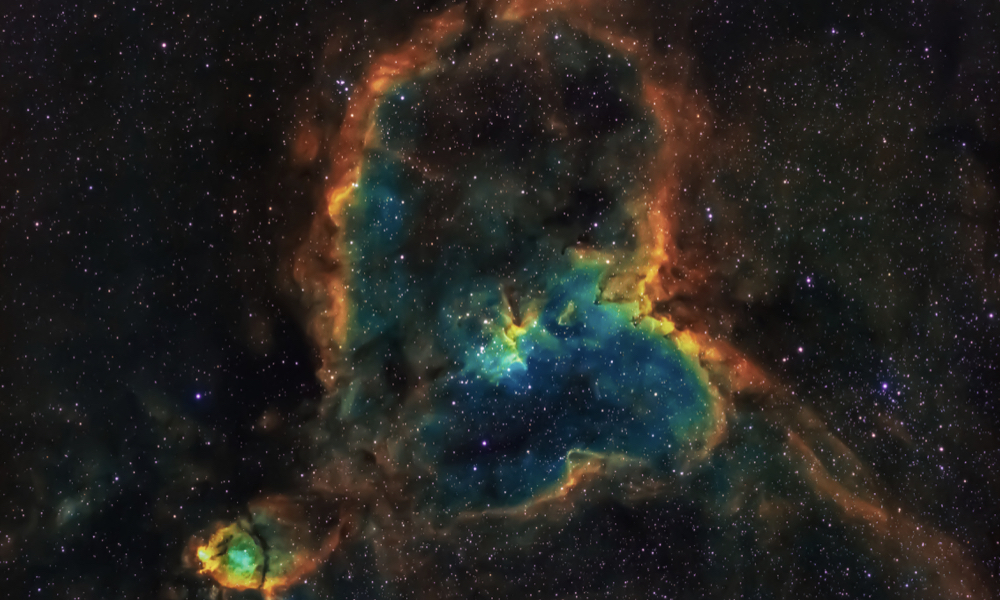
ESA Open Invitation to Tender AO9413
Open Date: 14/06/2018
Closing Date: 26/07/2018 13:00:00
Status: ISSUED
Reference Nr.: 18.1ET.05
Prog. Ref.: Technology Developme
Budget Ref.: E/0901-01 – Technology Developme
Special Prov.: BE+DK+FR+DE+IT+NL+ES+SE+CH+GB+IE+AT+NO+FI+PT+GR+LU+CZ+RO+PL+EE+HU
Tender Type: C
Price Range: 200-500 KEURO
Products: Ground Segment / Ground Station / F&T equipment / GPS Receivers
Techology Domains: RF Systems, Payloads and Technologies / Radio Navigation Systems/Subsystems / Navigation System Tools / RF Systems, Payloads and Technologies / Radio Navigation Systems/Subsystems / Ground Receivers
Establishment: ESTEC
Directorate: Directorate of Tech, Eng. & Quality
Department: Electrical Engineering Department
Division: Radio Frequency Systems & Payloads Offic
Contract Officer: Seynaeve, Christophe Rene R.
Industrial Policy Measure: C1 – Activities in open competition limited to the non-Larg…
Last Update Date: 14/06/2018
Update Reason: Tender issue
The possibility to acquire and track signals for which the PRN code is not public (e.g. as for Galileo Public Regulated Service or any other non-public GNSS service) is of high interest in order to be able to assess, with real field signal, new acquisition and tracking techniques that otherwise can only be assessed with a full GNSS receiver with access to those PRN codes. In this context, therecovery of the unknown PRN codes from low-noise signal recordings (e.g. from a Radio Frequency Constellation Simulator (RFCS)) performed in parallel to the signal recordings from a typical GNSS antenna in harsh propagation conditions (e.g. in urban conditions) can be exploited.A blind GNSS SW receiver shall be developed in this activity, including the automatic recovery of non-public PRN codes (from low-noise signal recordings from a RFCS and/or high-gain antennas) and its optimal usage in the acquisition, tracking and positioning of the same non-public signals recorded (for the same time period) in urban environments with nominal GNSS antennas. At least the usage of RFCS shall be considered for the recovery of non-public PRN codes. The blind GNSS SW receiver shall be implementedin Matlab in a modular and open way (i.e. fully accessible and document code) in order to be able to easily update it in the futurewith new algorithms. The implementation shall be optimized in order to reduce the processing time of the receiver (close to real-time processing shall be targeted). Moreover, the blind GNSS SW receiver shall implement high-sensitivity acquisition and tracking architectures, covering, but not limited to, the usage of state-of-the-art open-loop and multi-correlator architectures. In this context, the acquisition and tracking shall be performed even at low C/No conditions (down to 20 dBHz or even below, depending on the signal structure being tracked). Furthermore, the receiver shall be able to track in parallel public signals (e.g. GPS/Galileo L1) and enable the positioning in single and multi-constellation configurations. Finally, the performance assessment of the receiver shall beperformed in representative urban environments.Procurement Policy: C(1) = Activity restricted to non-prime contractors (incl. SMEs). For additional information please go to EMITS news “Industrial Policy measures for non-primes, SMEs and RD entities in ESA programmes”.
If you wish to access the documents related to the Invitation to Tender, you have to log in to the ESA Portal.
